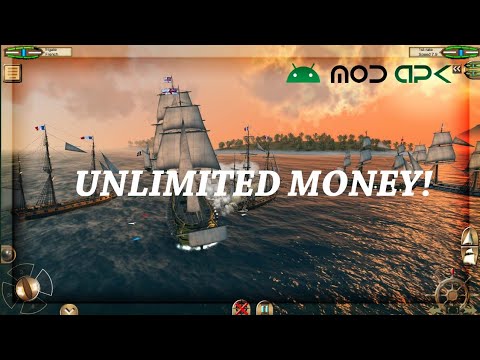
Without accurate records for both the historic and modern salvages, exactly what was lifted and what was left behind is educated guesswork. Over three centuries, around 3.5 million pieces of eight and an undisclosed but significant number of silver bars were salvaged.Īrtistic reconstruction of the Nuestra Señora de las Maravillas, built in 1647 Modern treasure hunters hit the site hard between the 1970s and early 1990s. English, French, Dutch and Bahamian ships tried their luck with the wreck in the late 17th and 18th centuries. Between 16, Spain sent ten expeditions to salvage the wreck site. The Spanish Empire had no intention of leaving a royal ransom sitting on the ocean floor. Previously, many scholars believed the Maravillas had been salvaged into oblivion. By sunrise on January 5, only 45 remained alive. About 150 clung to pieces of the hull still above the water, only to die from exposure or be eaten by sharks. Most of the passengers grabbed hold of floating debris and drifted away, never to be seen again. After the ship was wrecked, enormous waves broke it into pieces. Some 650 people-a mix of travelers, merchants and crew-were on board the Maravillas during its final voyage. Stowed in its cargo hold were royal and private consignments and smuggled treasures. The ship featured two decks, a chapel for mass and a golden lion figurehead. It was named after a 13th-century sculpture of the Virgin Mary that was housed in a Carmelite convent in Madrid and famed for its miracles. The Maravillas was built in the province of Guipúzcoa, today part of the Basque Autonomous Community in northern Spain, during the 1640s. The company owns and operates the soon-to-open museum, which features finds from the Maravillas, as well as displays on local history and culture.
#Galleon cargo croswrd license
In 2019, the Bahamian government granted AllenX a license to explore the wreck, ending a moratorium on shipwreck salvage expeditions that had been in place since 1999. The AllenX team records an iron anchor along the Maravillas shipwreck trail. Allen, a multimillionaire who made his money through a plastics business, also owns a fleet of yachts and the Bahamian island of Walker’s Cay. Founded by Allen in 2016, Allen Exploration (also known as AllenX) is the first team to study the Maravillas with scientific rigor.

Throughout history, the waters surrounding the Bahamas have been an infamous playground for treasure hunters. Even with all hands on deck, the work is slow and painstaking. Beneath the waves, a Triton submarine plummets down to 650 feet, eyes peeled for sections of the Maravillas that may have slipped into the abyss. Up in the air, an Icon A5 aircraft searches for scattered wreckage. Every find is plotted, from a shard of pottery to a cannon currents are modeled, and seabed geology is assessed. Over 40 miles off the Little Bahama Bank, a group of scientists headed by philanthropist and explorer Carl Allen tows magnetometers (navigational devices that measure magnetic fields) across miles of seabed. Everyone thought the ship, the wreck, was destroyed forever.” Exploring the Maravillas “Past teams indiscriminately used smash-and-grab tactics. “The Maravillas has never seen the right level of archaeological respect,” says David Gibbins, a marine archaeologist and bestselling novelist who is not involved in the ongoing excavations.

Long exploited by treasure hunters, the 17th-century galleon is now being surveyed scientifically for the first time-an endeavor showcased in the Bahamas Maritime Museum, a privately owned institution slated to open in Freeport, Grand Bahama, on August 8. Today, the 891-ton Maravillas is the sunken crown jewel of the Bahamas, an island nation abounding in shipwrecks. The vessel sank like a stone, weighed down by its double cargo-the wreck of a wreck.Ĭoins and high-status personal belongings, including gold jewelry, chain and pendants, recovered from the wreck of the Maravillas © Brendan Chavez / Allen Exploration Sailing as the vice-flagship of the Tierra Firme (Mainland) fleet, the Maravillas was rammed by its flagship and violently collided with a reef. There, on January 4, 1656, the galleon lost its bearings. At the time, ships sailing between Europe and the Americas had to pass through the Bahama Channel, a shortcut between Florida and the Bahamas’ then-unmapped reefs.

Only after the Concepción’s silver was salvaged and stowed on the Maravillas, alongside the galleon’s own fresh load of silver coins and bars, did the Lady of Wonders embark on its journey home to Spain. Unbeknownst to the ship’s crew, its supply vessel, the Jesus Maria de la Limpia Concepción, had sunk on a reef off Ecuador that October. From August to December 1654, the Spanish galleon Nuestra Señora de las Maravillas ( Our Lady of Wonders) waited in Cartagena, Colombia, for a cargo of silver that would never arrive.


 0 kommentar(er)
0 kommentar(er)
